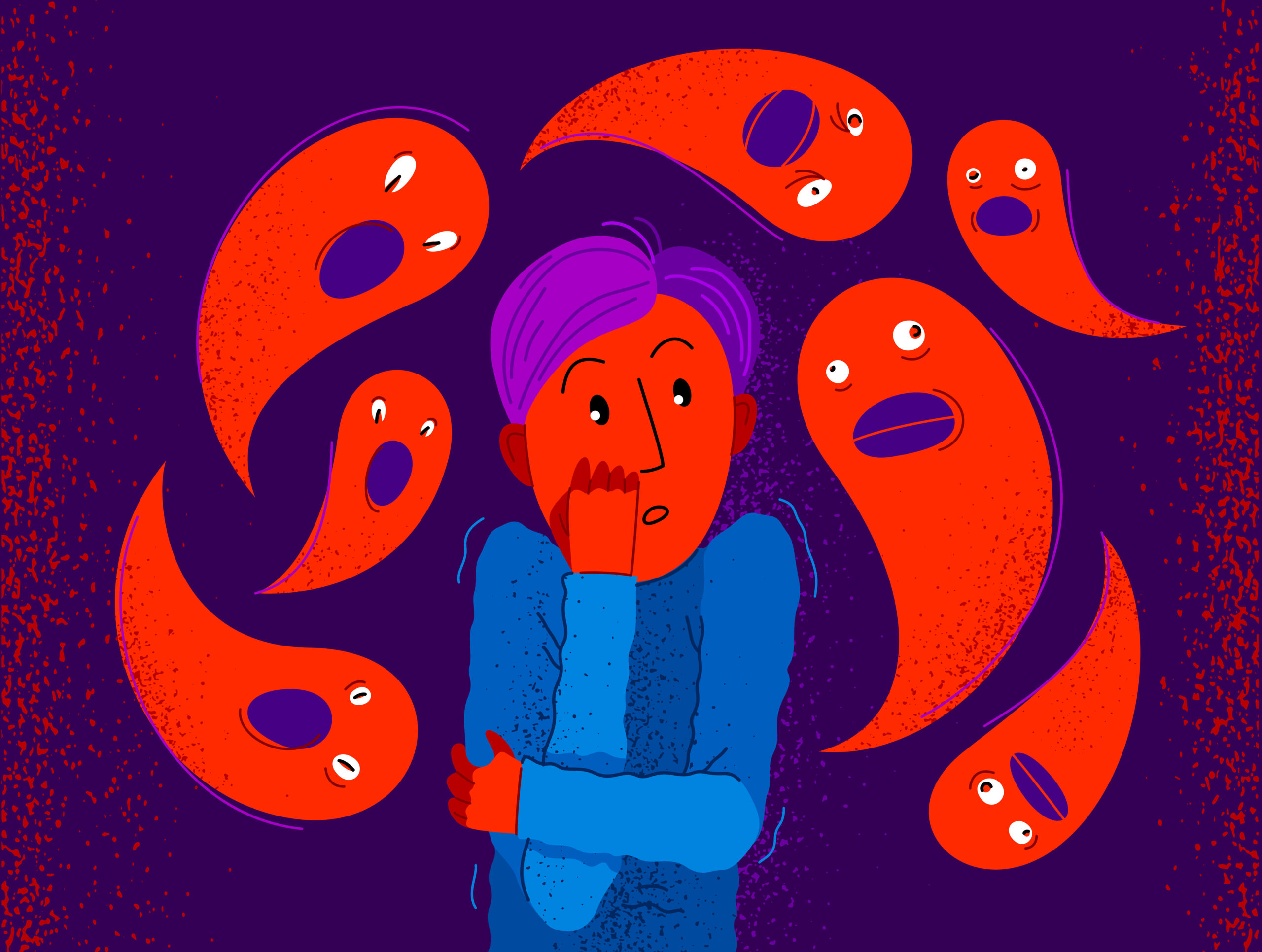Medicaid’s Role in Covering Home-Based Nursing and Therapy
Medicaid plays a crucial role in helping people receive nursing and therapy services right in their own homes. This support is especially important for seniors, individuals with disabilities, or those recovering from illness who need medical care but prefer to stay out of hospitals or nursing facilities.
Medicaid covers home-based nursing and therapy services when they are medically necessary and prescribed by a doctor. These services must be provided by licensed professionals such as registered nurses, licensed vocational nurses, physical therapists, occupational therapists, or speech therapists. Examples include wound care, pain management, medication monitoring, physical therapy exercises to regain strength or mobility, and other treatments that help maintain health at home[1].
One way Medicaid supports home care is through special programs called Home- and Community-Based Services (HCBS) waivers. These waivers allow states to offer more personalized care options at home instead of institutional settings like nursing homes. To qualify for these waivers, individuals usually must be eligible for Medicaid and require a level of care similar to what they would get in a facility but want to remain independent at home[2][5].
States have flexibility under these waivers to provide various types of assistance beyond just medical treatment. This can include personal care help with daily activities like bathing or dressing (often called nonmedical support), respite care that gives family caregivers temporary relief, case management services that coordinate the different aspects of care needed at home, as well as rehabilitation therapies[4][5]. However, coverage details vary by state because each state runs its own Medicaid program.
It’s important to note that while Medicaid generally pays licensed providers directly for skilled nursing and therapy services delivered at home,[1] some states also pay family members who provide nonmedical caregiving under certain conditions[1]. This helps families manage the cost burden while ensuring loved ones get the support they need.
In summary:
– Medicaid covers medically necessary nursing and therapy services provided in the home.
– Licensed healthcare professionals deliver these covered services.
– Home- and Community-Based Services waivers expand access so people can avoid institutionalization.
– States customize programs based on local needs but follow federal guidelines.
– Nonmedical personal assistance may also be covered through specific waiver programs.
This system allows many people who need ongoing medical attention or rehabilitation after illness or injury to live safely and comfortably in their own homes rather than moving into long-term institutions. It reflects an important shift toward supporting independence while still providing essential healthcare where it’s most convenient—at home.[1][2][4][5]





